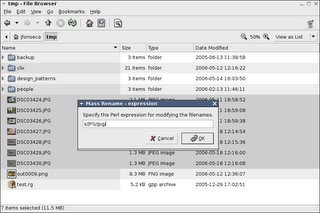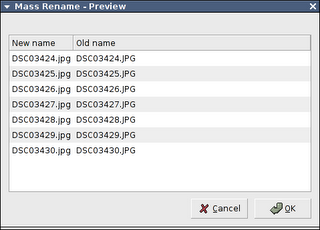udev has replaced hotplug in the Debian distribution. However not all hotplug's functionality is available (or at least simple to use): with hotplug one could easily write scripts which processed add and remove events, while with udev that has proved to be quite an ordeal.
The device I wanted to detect was the SpeedTouch USB ADSL modem. The first problem I ran into was that "sysfs values are not readable at remove, because the device directory is already gone". The solution is either using an environment variable with the DEVPATH (which didn't work for me), or matching the device with the reduced information available (my only remaining option). Thankfully there was this PRODUCT environment variable which could precisely match the device. This is how the udev rules look:
# /etc/udev/rules.d/z80_speedtch.rules
BUS=="usb", SUBSYSTEM=="usb", SYSFS{idVendor}=="06b9", SYSFS{idProduct}=="4061", ACTION=="add", RUN+="/bin/sh -c '/usr/local/sbin/speedtouch &'"
BUS=="usb", SUBSYSTEM=="usb", ENV{PRODUCT}=="6b9/4061/0", ACTION=="remove", RUN+="/bin/sh -c '/usr/local/sbin/speedtouch &'"
The actions I wanted to take was to start/stop the ppp interface. The second problem is that the above rules matched many add/remove events (driver, and several USB subdevices). To ensure only one add/remove action is taken, a solution is to use the SEQNUM environment variable, whose value is a always increasing integer, and keep track of its value when the device first got inserted. This is how /usr/local/sbin/speedtouch looks like:
#!/bin/sh
RUN=/var/run/speedtouch.seqnum
TIMEOUT=60
# test whether the device is currently added or not
device_added () {
test -e $RUN && test `cat $RUN` -lt $SEQNUM
}
# wait for the "ADSL line is up" kernel message to appear
wait_for_adsl_up () {
local TIME
dmesg -c > /dev/null
TIME=0
while ! dmesg | grep -q 'ADSL line is up'
do
sleep 1
TIME=$(($TIME+1))
test $TIME -ge $TIMEOUT && return 1
done
}
case $ACTION in
add)
# ignore repeated "add" actions
device_added && exit
echo $SEQNUM > $RUN
wait_for_adsl_up
ifup ppp0
;;
remove)
# ignore repeated "remove" actions
device_added || exit
rm -f $RUN
ifdown ppp0
;;
esac
The script has a bit more magic for waiting for the ADSL line is up, which was taken from the SpeedTouch Linux kernel driver homepage.
Technorati Tags: linux, debian, shell scripts


